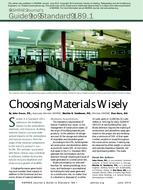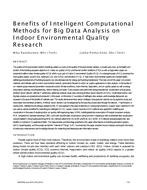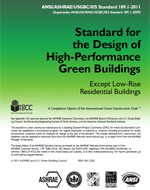As part of the model ventilation and development activities of a European research initiative in the area of passive solar architecture, a validation/calibration methodology has been developed that emphasises the use of empirical data in the model-proving process and, if necessary, model calibration before use. This procedure has been applied to the ESP-r system in order that it might be used to investigate the replication potential of several passive solar components – most notably, conservatories and advanced glazing systems. It is believed that the technique can equally be applied to the performance of building components other than passive solar. Describes the validation/calibration methodology. A major feature of the approach is the depth of detail – high-quality, high-resolution data are used throughout. This is in contrast to the more general approaches, which use data from a large number of sparsely monitored buildings. Describes the application of the methodology to the ESP-r system and the programs subsequent use in investigating the benefits to accrue from the use of conservatories in a domestic context.
KEYWORDS: calibrating, buildings, calculating, passive, solar energy, performance, attached greenhouses, glazing, architecture, domestic, UK, computer programs, algorithms, validating.
Citation: Symposium, ASHRAE Trans., 1993, vol.99, part 2, paper number DE-93-1-1, 429-439, 7 figs, 2 tabs, refs.
Product Details
- Published:
- 1993
- File Size:
- 1 file , 1.4 MB
- Product Code(s):
- D-17537


